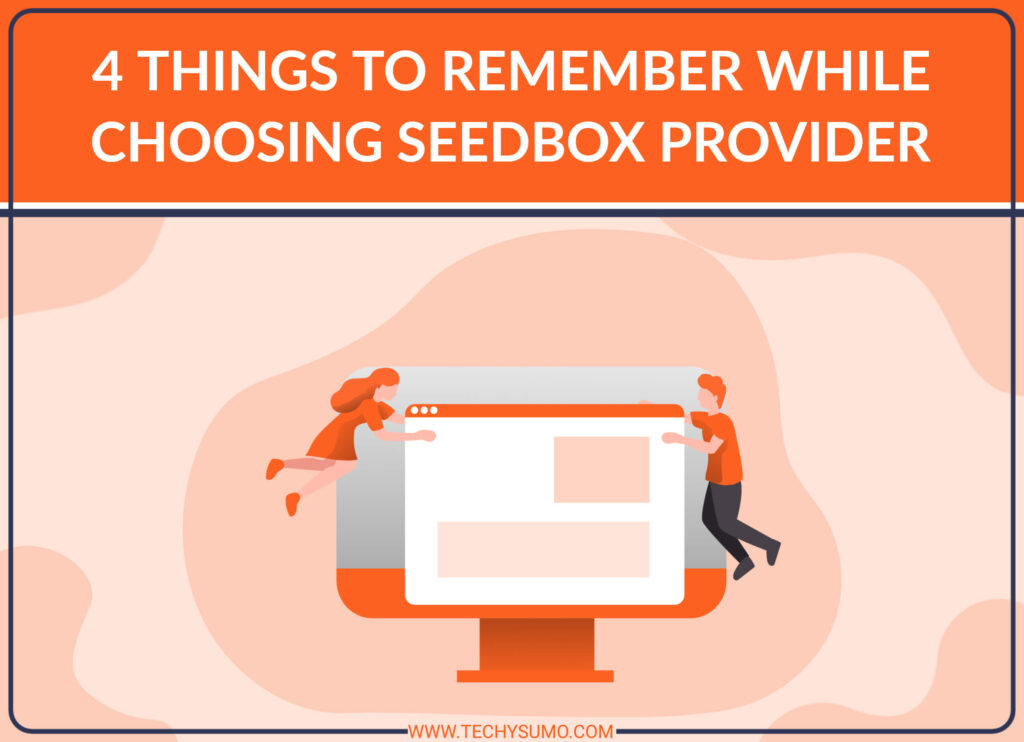The chances of completing a given web scraping exercise depend on several factors, some of which are technical. Successful web scraping, the process of harvesting data from websites, is anchored on a scraper’s ability to mimic human-like behavior, a failure to which the server blocks this tool because of suspicious activities.
Notably, several ways through which the scraping tools can imitate human behavior exist, namely using rotating proxies for IP rotation, making a limited number of requests at a time, optimizing HTTP headers, and using HTTP cookies. This article will discuss HTTP cookies and their integral role in web scraping.

Table of Contents
What are HTTP Cookies?
HTTP cookies, also known as browser cookies or web cookies, are small pieces of data generated by a web server, containing unique identifiers that the server then uses to distinguish or identify visitors.
How does an HTTP Cookie Work?
Once a browser connects to a given website, the site’s server sends an HTTP cookie to the web client (browser). The browser stores it for some time and then sends it with any new request to the server that initially sent the HTTP cookie. By sending it back, the server can use the data stored therein, e.g., a user ID or name, to identify a specific user from the pool of hundreds if not thousands of visitors accessing the site.
Evidently, the HTTP cookie does not rely on the user’s personal information or the computer’s identification markers. The server uses the cookie to maintain a session on the user’s behalf to enhance their browsing experience.

For example, if you have ever used an e-commerce platform and accidentally closed your browser before checkout with a few items on your cart, the chances are that you still found them on your cart upon reopening your browser and web page. Perhaps you did not even have to type your log-in information again when this happened. This happened because the site relied on the cookie-session combo to improve your experience as a user.
An HTTP cookie can be categorized as either a session/transient cookie or a permanent/persistent cookie. Typically, a session cookie and the linked session are deleted a few minutes after the user exits the website, usually after 30 minutes. On the other hand, a permanent cookie is stored for longer and is only deleted once the set expiry date reaches.

Why are HTTP Cookies Important?
HTTP cookies are essential additions to users’ browsing experiences as without them, some automated functionalities, which we have detailed in a few examples above, would not exist. Websites and their developers rely on HTTP cookies for tracking, personalization, and session management.
Tracking
An HTTP cookie enables the site to collect information that the server subsequently uses to personalize content. For this function, sites do not rely on the user’s personal information as it would be a breach of the user’s privacy. Instead, the pieces of information contained within the cookie suffice.
Personalization
Let’s face it, we all have interests, and because developers understand this and would like you to continue visiting their sites, they use cookies to match the content displayed to the user’s interests. This form of tracking is widespread on some e-commerce sites and news aggregate sites.
Session Management
The server uses HTTP cookies to remember shopping carts’ contents, log-in information, or any other vital information needed to smooth the user’s experience.
However, while it holds many benefits, an HTTP cookie can make web scraping a challenge. Here’s how.

HTTP Cookies in Web Scraping
When extracting data from websites using automated tools and bots in a process called web scraping, it is easy to get blocked, especially if the extraction does not mimic a human being’s browsing pattern.
As detailed above, a browser sends an HTTP cookie alongside subsequent web requests after it has received the cookie from the server. This means that if a web scraping tool does not follow this procedure, i.e., sends requests that do not contain the cookies from one of the site’s web pages, the server may flag its activities as suspicious.
The possibility of getting blocked even when other precautions, e.g., using a rotating proxy and issuing a few web requests at a time, have been followed necessitates the use of a tool to manage HTTP cookies. Such an application first enters a specific site and collects the cookies associated with one or multiple pages. It then sends the right cookie with every new web scraping request.

The benefits of this management approach are twofold. First, it prevents blocking on the grounds that an HTTP cookie was not sent. Secondly, it imitates a different user with each request made, offering a reliable web data extraction solution. This, when coupled with other interventions mentioned above, makes web scraping smooth.
HTTP cookies help sites and their developers to track users, personalize content, and manage sessions. However, they impact web scraping, but you can deal with this problem using cookie management tools, as we’ve mentioned above.If you want to learn more, then visit Oxylabs’ blog and read an article about HTTP cookies and their role in web scraping.



